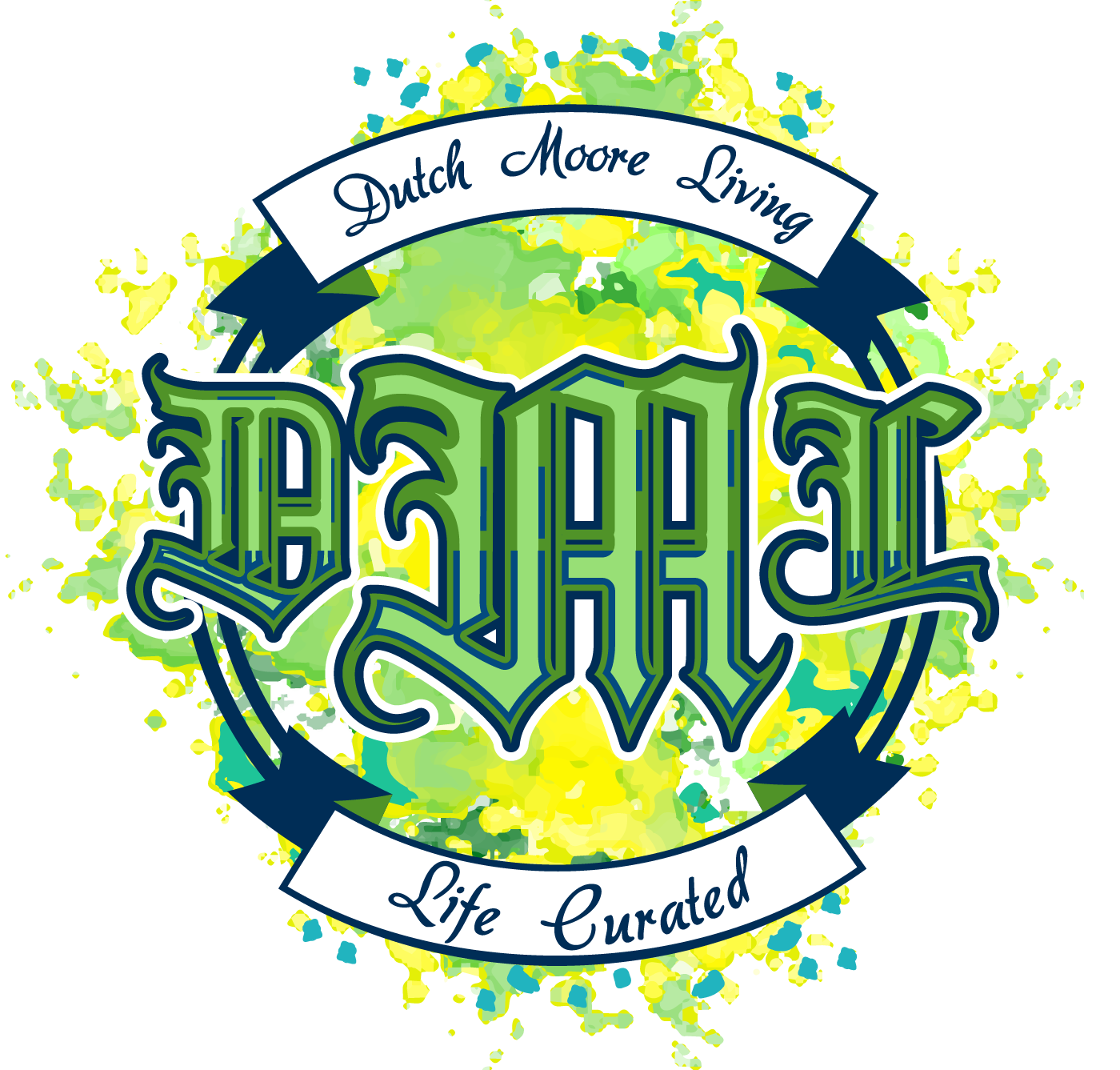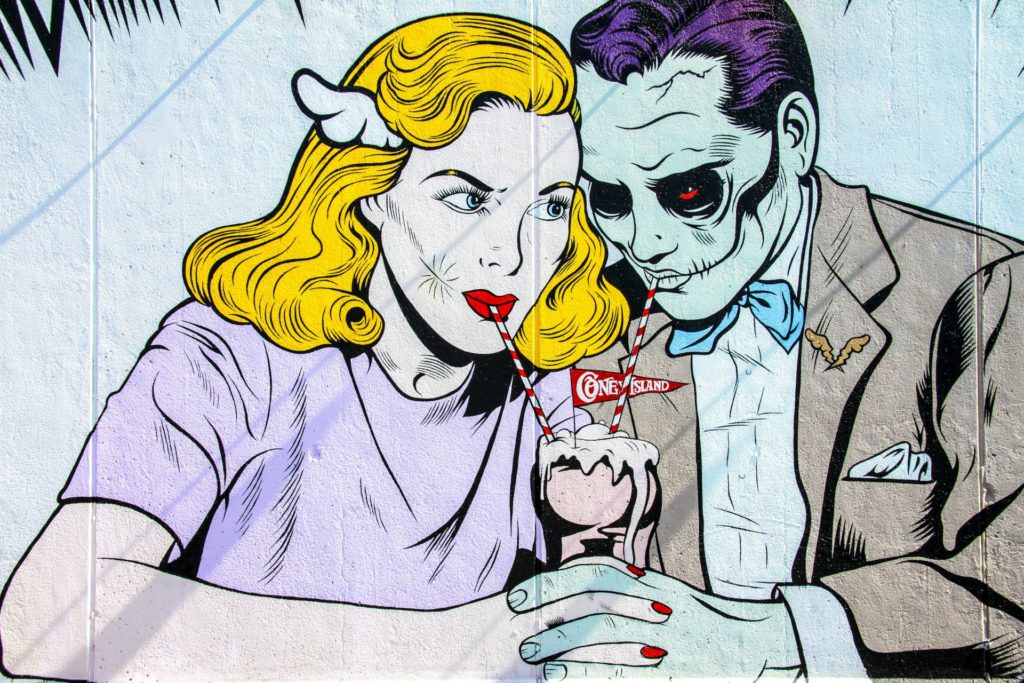By Mae Rymer
Creative arts in education is one of many curriculum victims of budget cuts, and had been deemed as nonessential within the education structures via outside views; comparing its value to that of sports, science, and liberal arts.
But by actively de-funding and the creative arts of fine art, graphic design, music, and other expressive arts, we cut off the opportunity of developing critical skill sets that kids need when they become older; providing a space for them to do so constructively and effectively.
Usually in the discussion of creative arts we fail by taking these type of electives at face value, and in doing so we miss the opportunity to help kids and even young adolescents by giving them space for self-discovery, development, and to grow into themselves and contribute fully to their community. Through the creative arts, we’ve seen the following:
- An environment provided for self-expression where traditional verbal and written communications may lack.
- Through the creative arts during developmental time periods is learned effective problem solving and critical thinking skills that other areas of education do not account for or provide through experimentation.
- Spark awareness of the self within a given community as well as developing introspective skills of culture and how art is either inspired or motivated by one’s environment and social surroundings.
- Initiate opportunities to collaborate and work to build relationships with a wide variety of people.
- Develop receiving, giving, and accepting criticism from peers and being able to differentiate between constructive and destructive criticism.
- Provide an open-space opportunity to discuss different motivations, inspirations, and roots of modern-day problems.
- Provide a space for them to experience “flow,” doing something enjoyable to where all sense of time is lost, a meditative practice.
- Provide a safe space for mental, emotional, and intellectual expressions and ideas; A bedrock of all things is perspective and how art plays a massive role in how you perceive things: “art is not what you are looking at, but how you perceive it” and applying this in vastly different aspects of their lives
A few of these points are bedrocks of basic developmental needs for kids to blossom from one stage of life into another, and most of these skills have been proven useful throughout a student’s adult life. Without this provided space and these expressive outlets, we as a culture and society threaten underdeveloped students ill-equipped to go through life. Especially comparably so to those of liberal arts, creative arts does not grade the same way as liberal arts and doesn’t grade based on a straight line, black and white, of retaining information and applying it, but more often relies on the deeper meaning and full expression of a student and their awareness of their expression through the creative arts.
Discussion Question: can any of you think of a time where an art, music, or writing teacher inspired or helped you develop?

